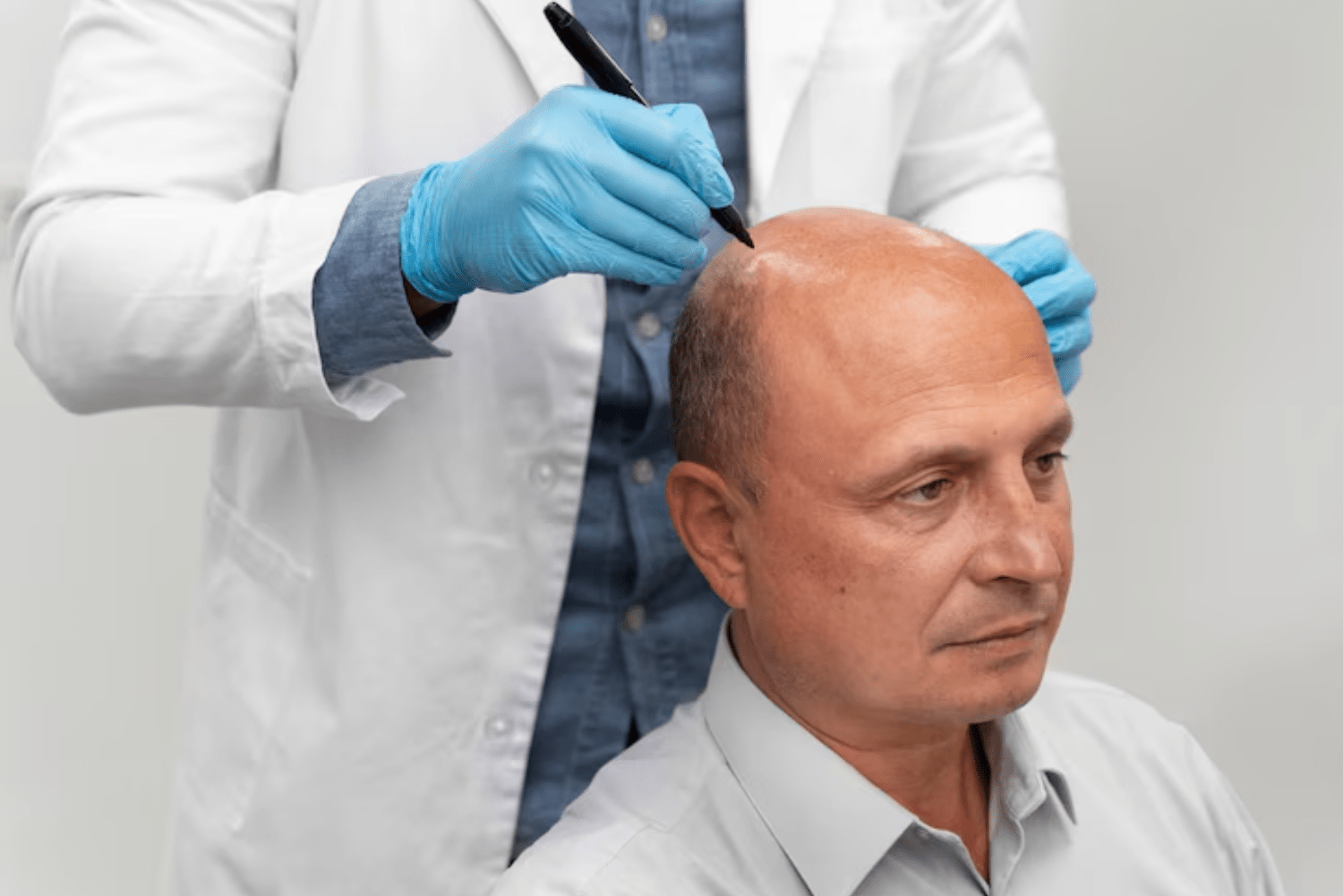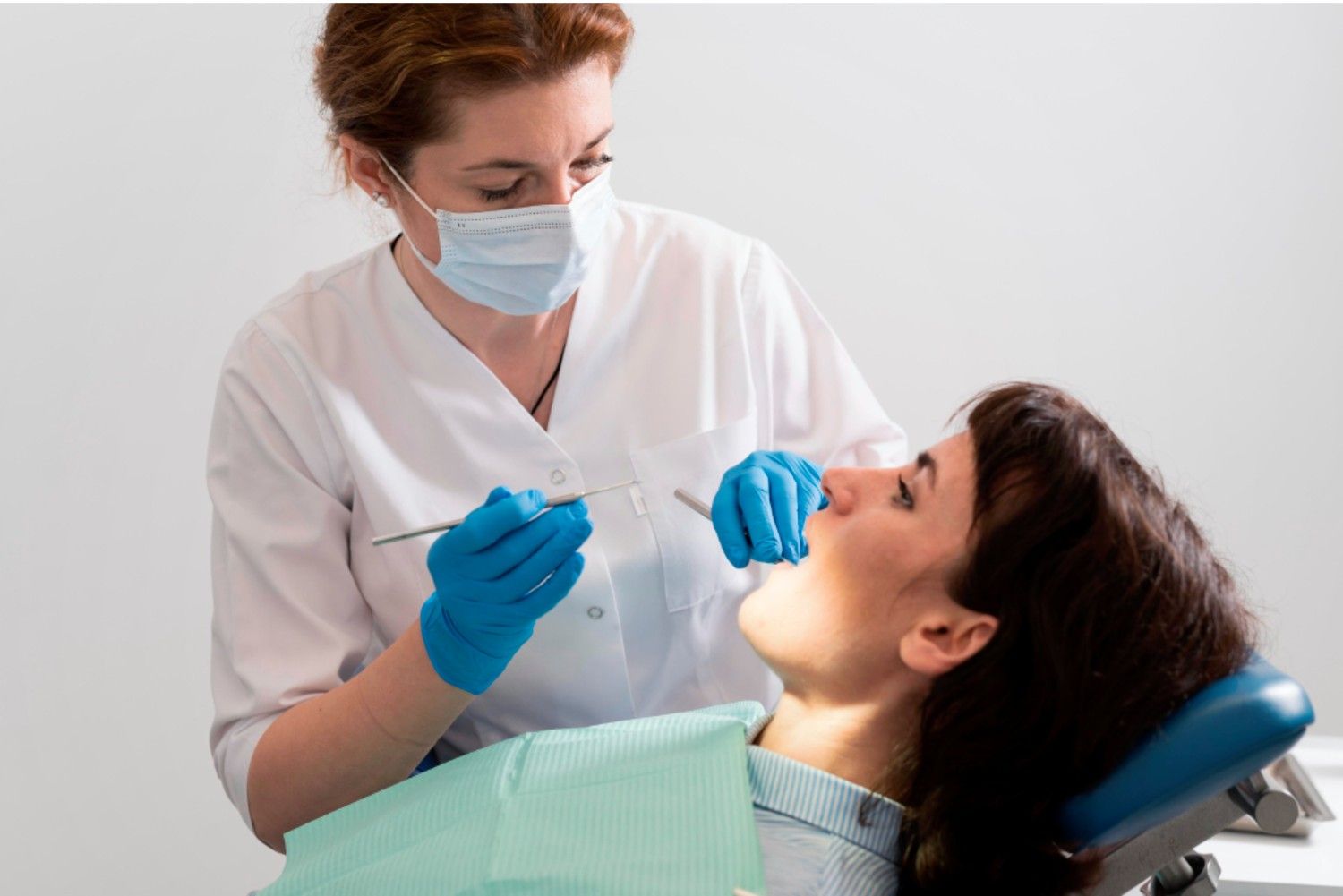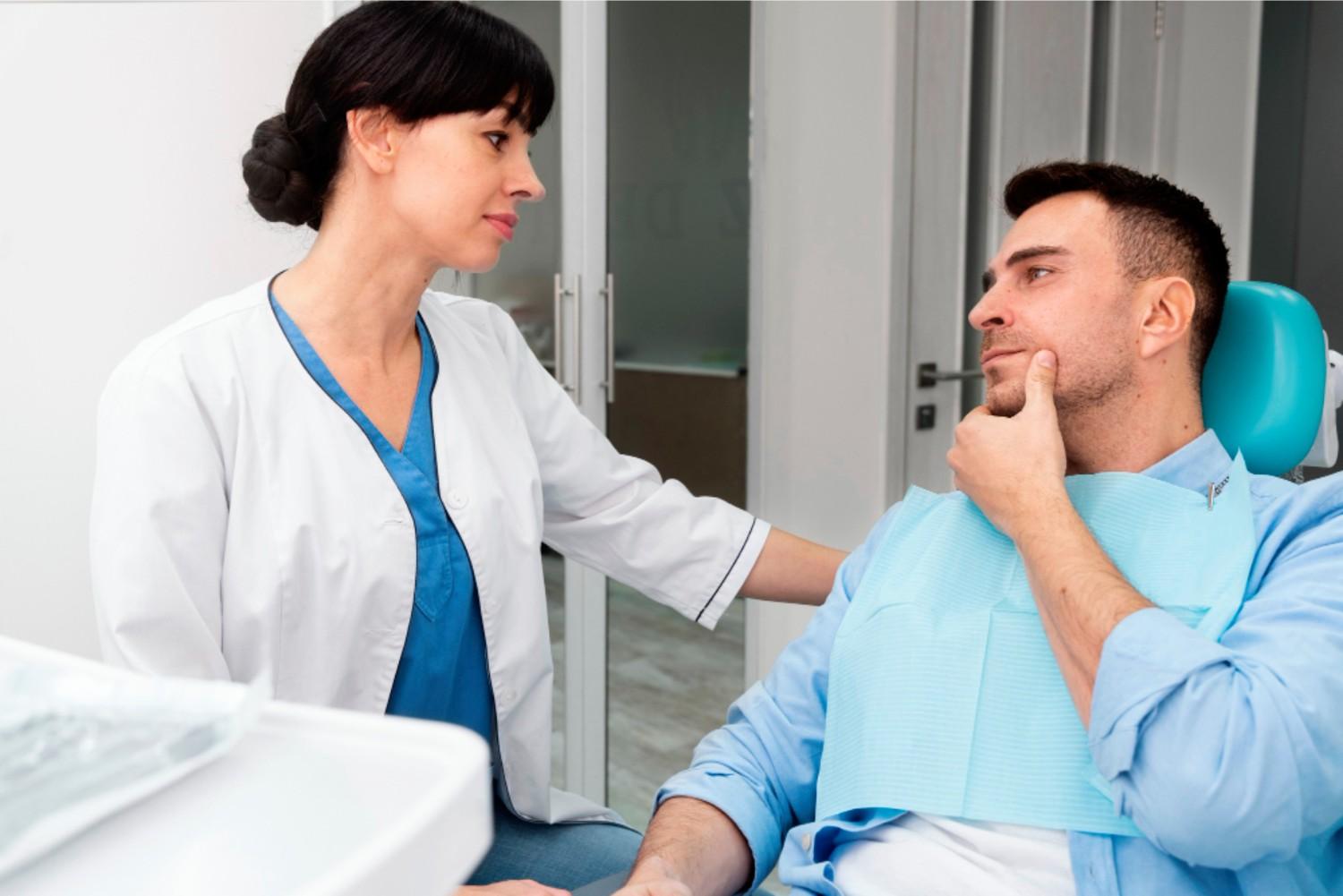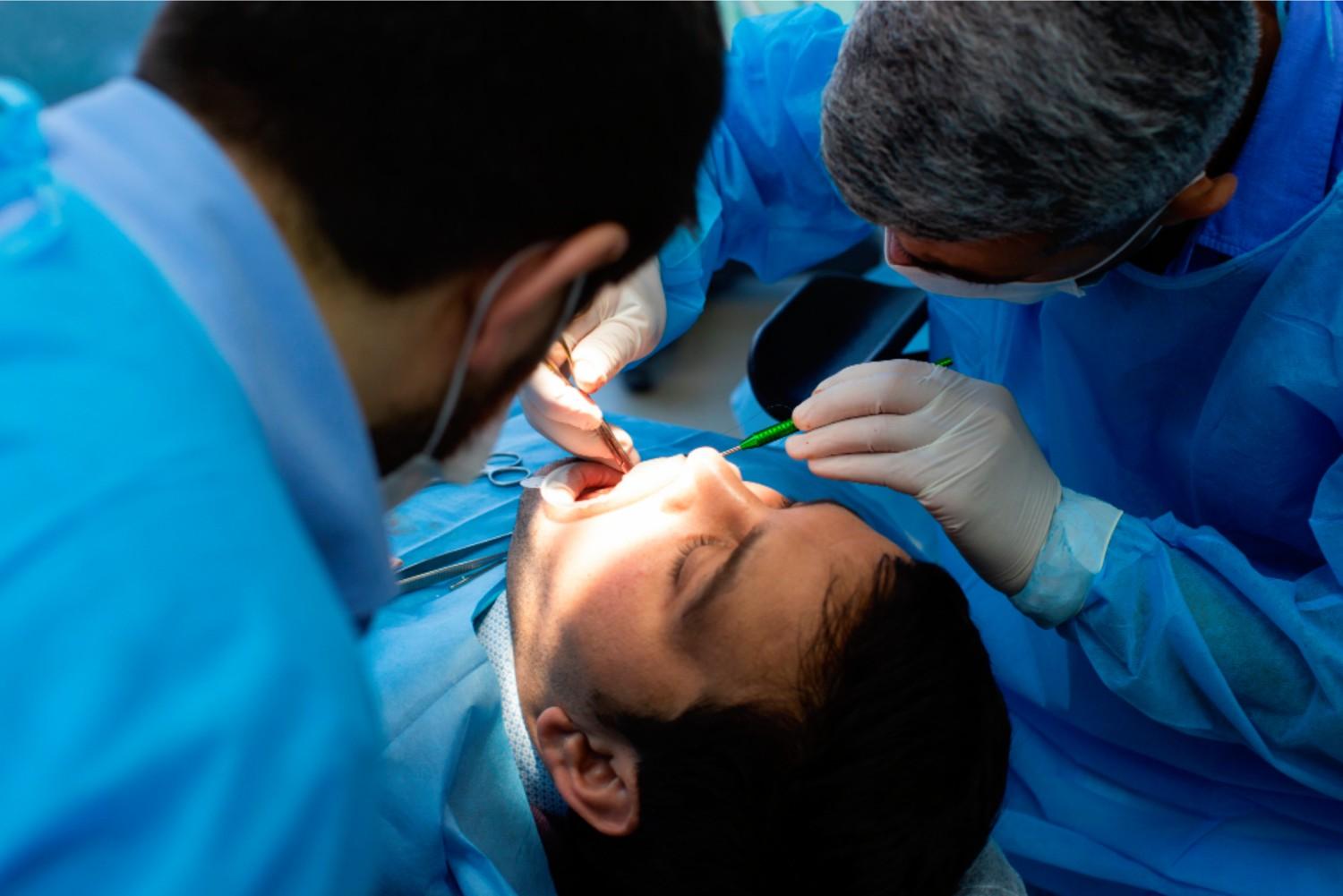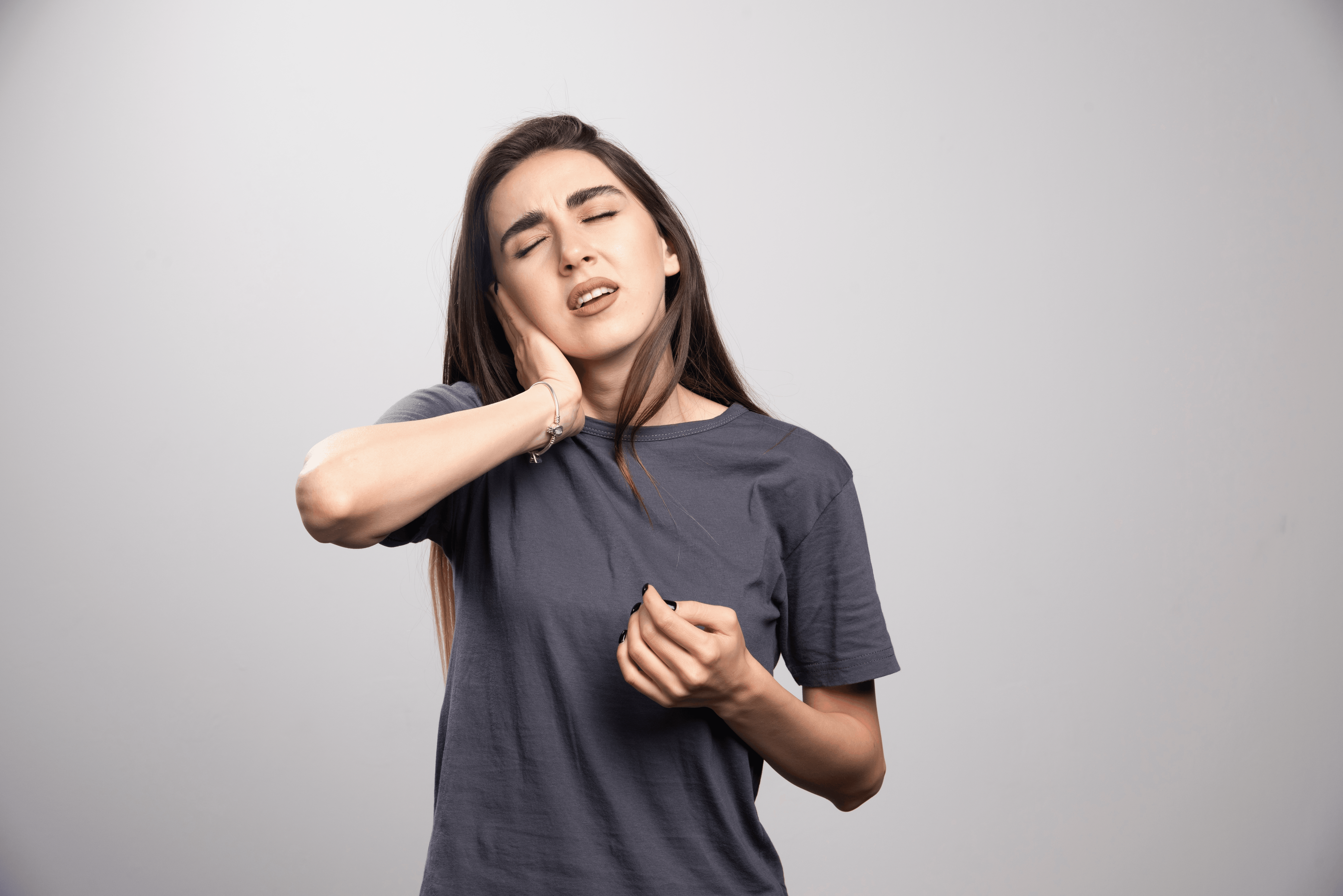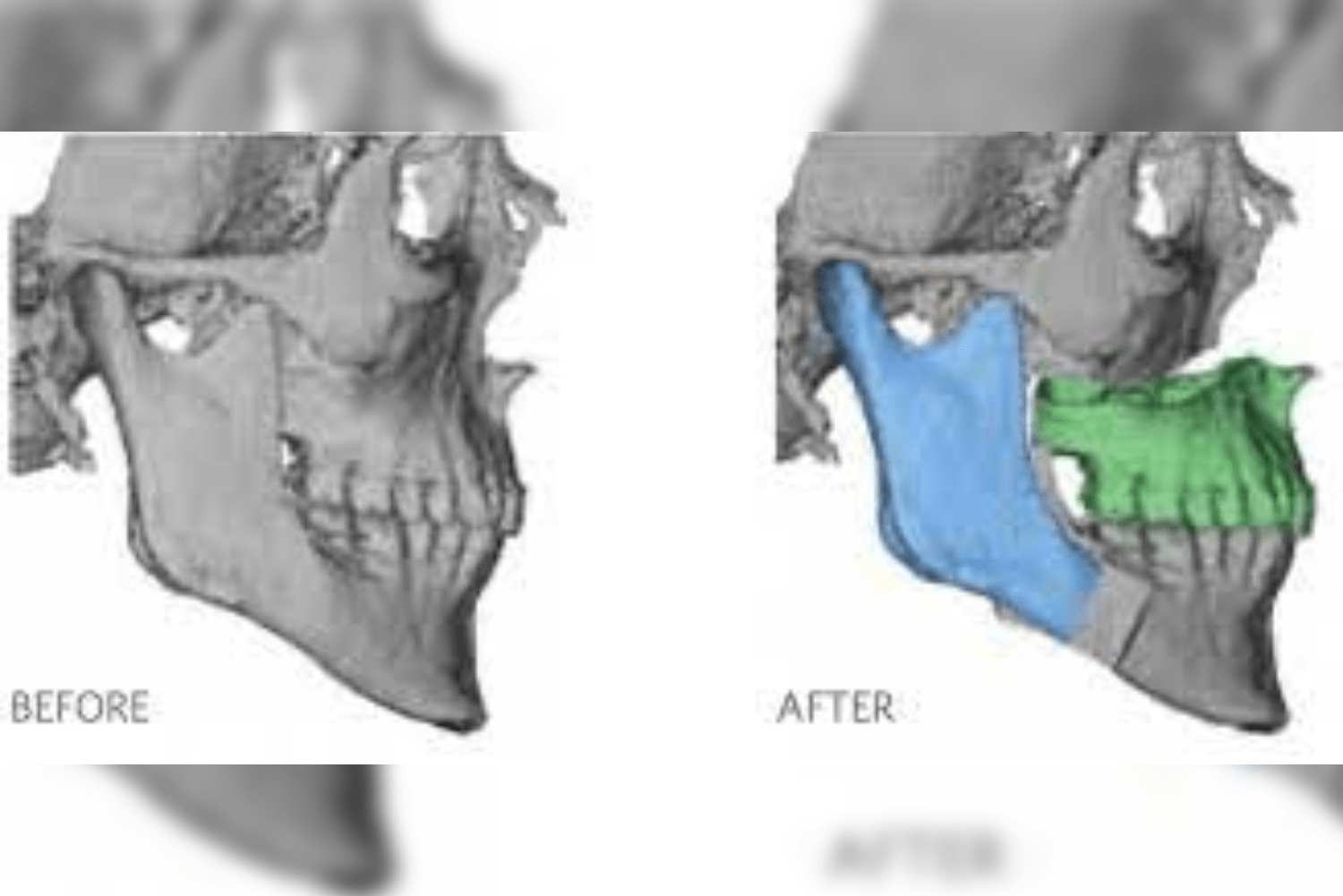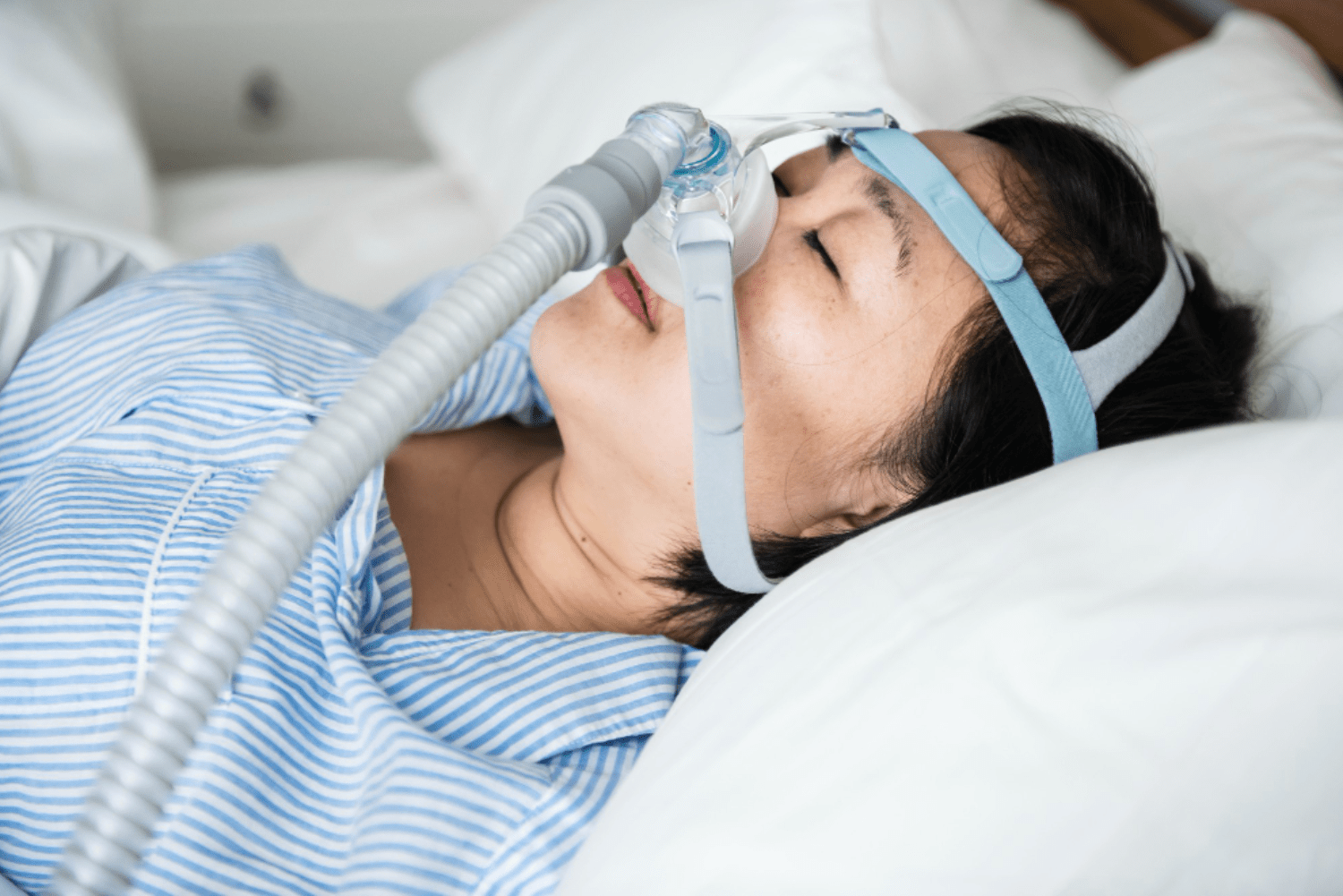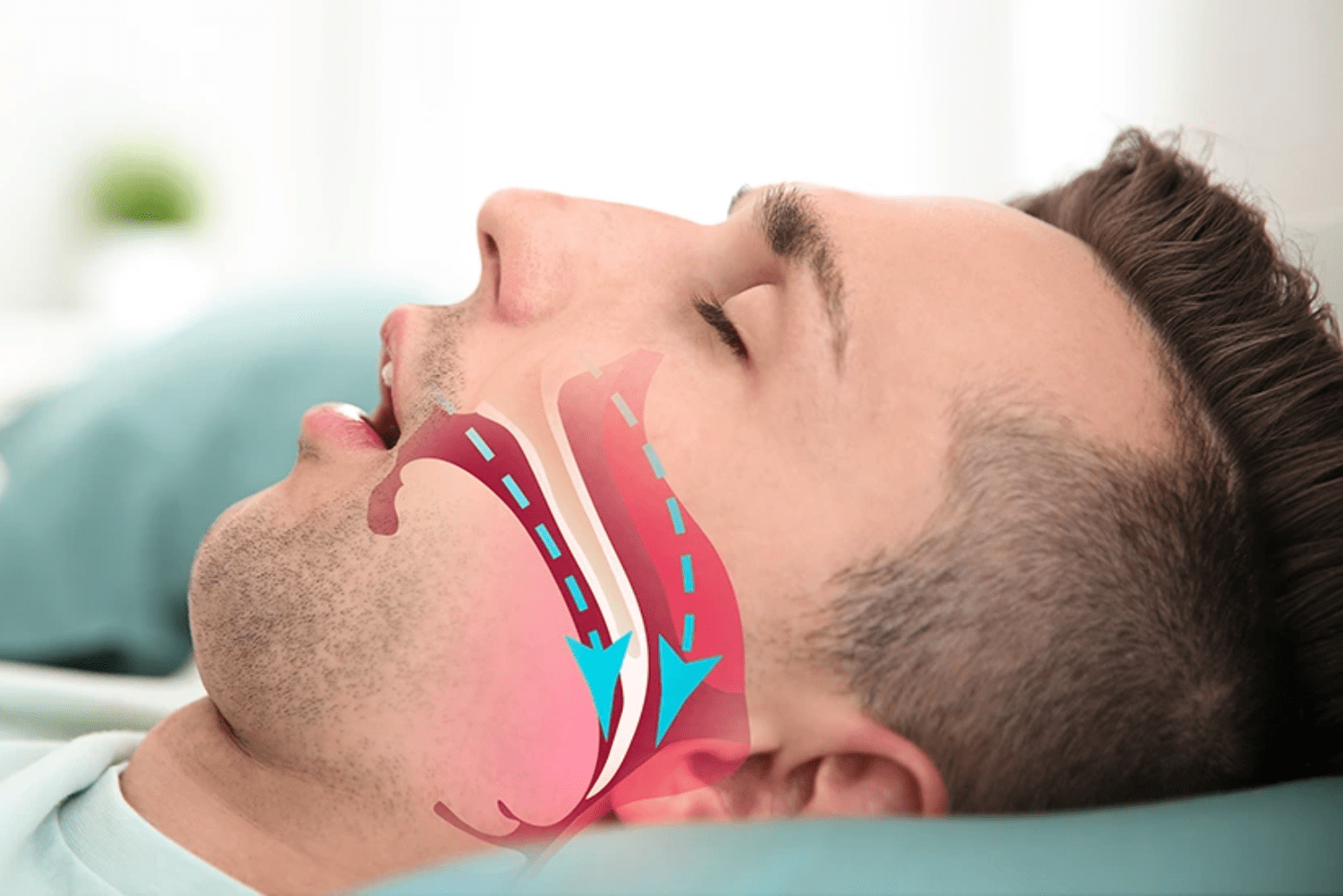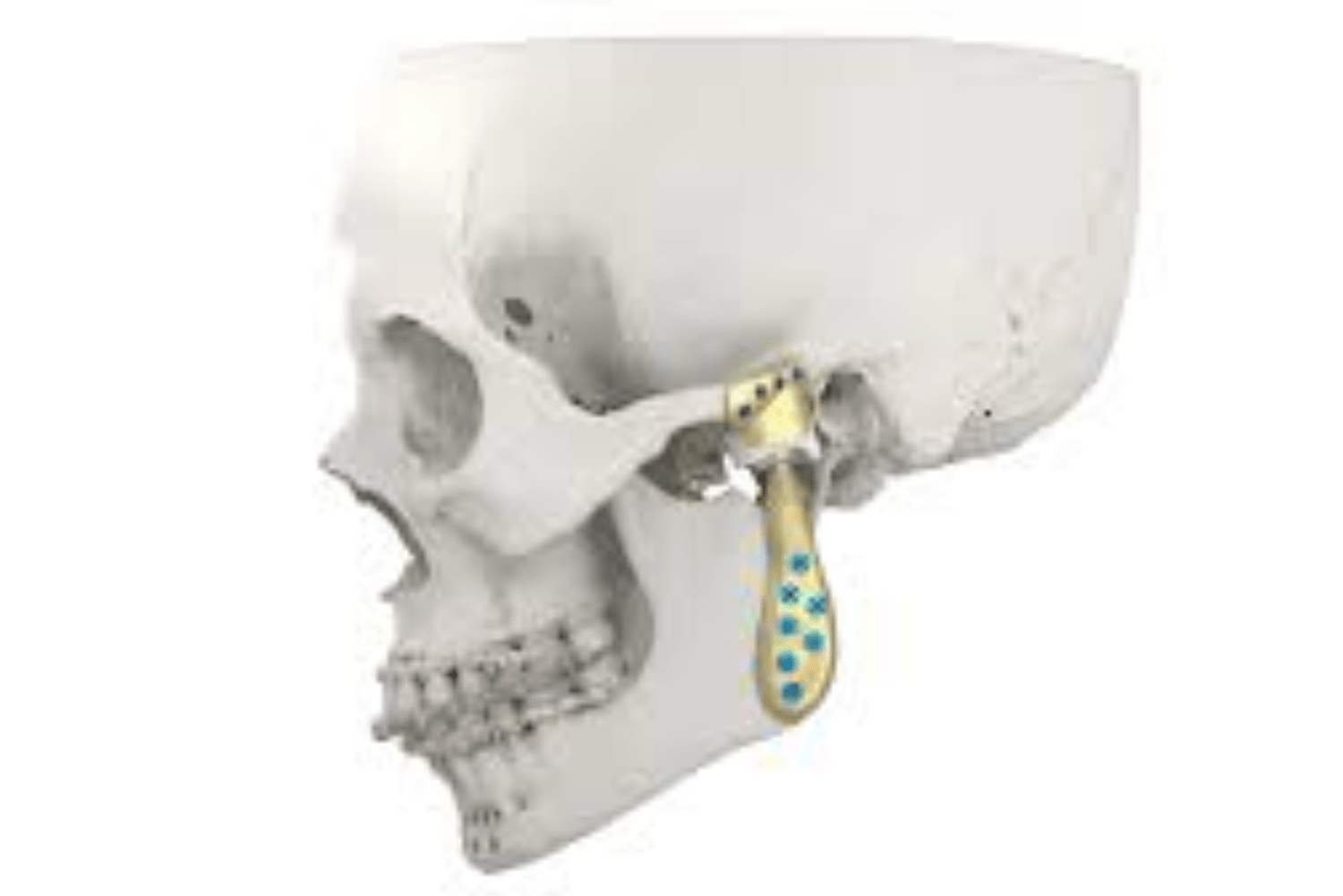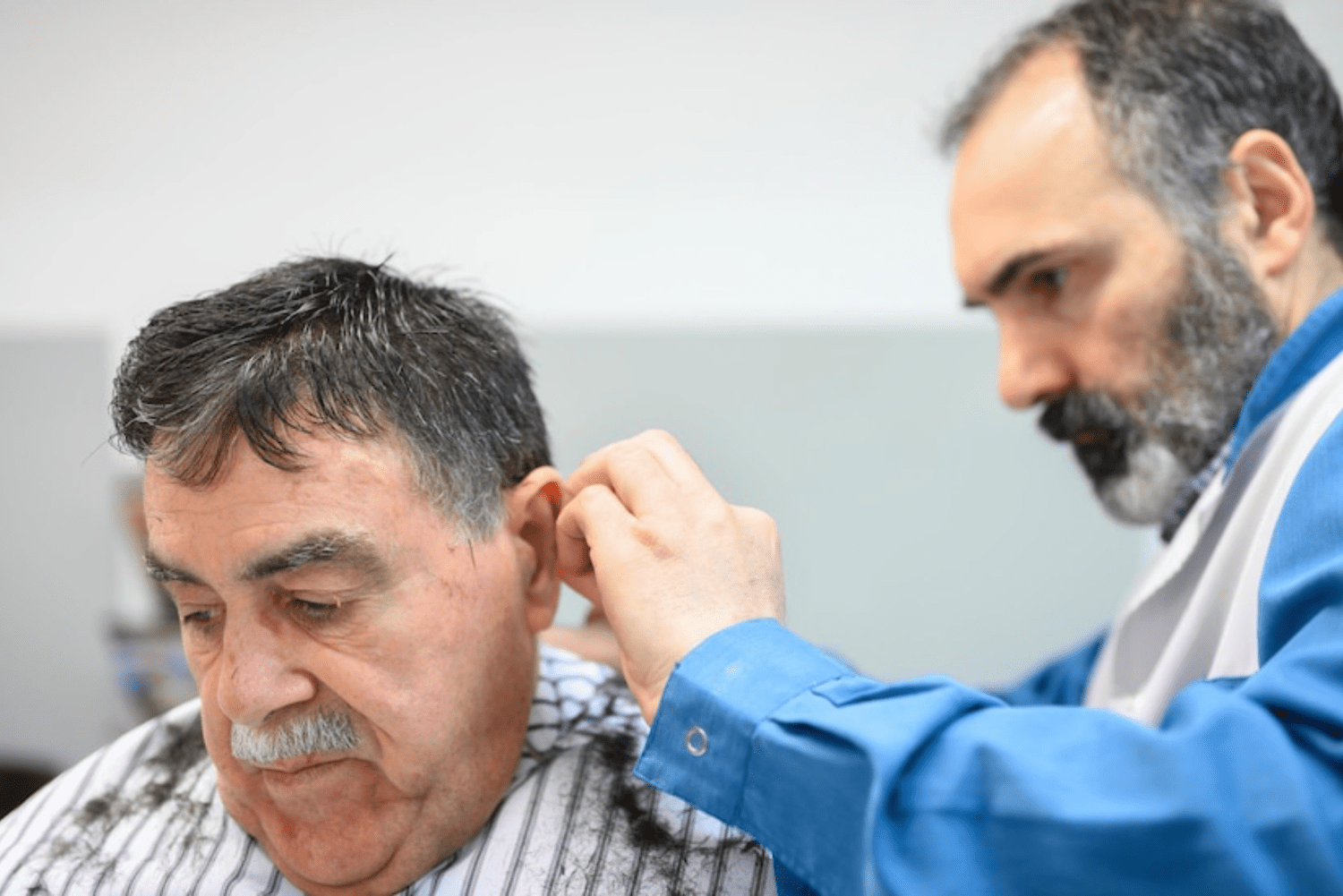Ageing is an inevitable and natural process. As the tides of time pass by, ageing will naturally take its course in everyone. But with every other innovation, science and surgical fields have found numerous ways to slow down/delay the process or even reverse it! Today, with the best anti-aging facial treatments after 40, it is possible to restore youthful skin, enhance confidence, and age gracefully.
Gone are the days when esthetic procedures were considered only for “celebrities” and “rich people.”
The advents in surgery have made it possible for any person to undergo these procedures at a reasonable rate and gift themselves the power of youth, which they so well deserve!
The following are some of the best anti-aging facial treatments after 40, performed at our hospital by our esteemed and well-trained team of surgeons to help you achieve your desired appearance.
Rhinoplasty – The nose is one of the most easily visible features of the face. Nose surgery, although most commonly performed, is the most difficult facial cosmetic procedure. It is performed to correct nasal disease, to improve unsatisfactory esthetic appearance, to reduce airway obstruction, and to reconstruct congenital defects. Rhinoplasty can be cosmetic or functional, aiming to improve how the nose and face look and to enhance breathing and nasal function respectively.
As part of the best anti-aging facial treatments after 40, rhinoplasty not only refines appearance but also helps patients regain confidence with improved function and aesthetics.
How can Rhinoplasty alter the appearance of your nose?
The procedure can:
- Correct a nose that looks bulbous, upturned or disfigured.
- Correct a deviated septum.
- Fix nostrils that are too wide or too small.
- Get rid of noticeable dips or bumps on the bridge of your nose.
- Make a nose smaller or bigger to create facial balance.
- Open blocked nasal passages.
The surgical approaches to Rhinoplasty are:
Open: Open rhinoplasty is a procedure for major nose reshaping. Your surgeon will make incisions to separate the skin of your nose from the bone and cartilage completely, which allows them to see the underlying anatomy of your nose clearly.
Closed: Closed rhinoplasty is a minor nose reshaping procedure. Your surgeon will make incisions within your nose to separate your skin from the bone and cartilage to reshape it.
As one of the best anti-aging facial treatments after 40, rhinoplasty offers both functional and cosmetic improvements, helping patients achieve a youthful, balanced facial appearance.
Additional types of Rhinoplasty include:
-
Non-surgical or filler rhinoplasty: This uses dermal fillers to temporarily fill dips and irregularities in the nose to lift a droopy nasal tip or correct a small bump.
-
Secondary rhinoplasty: Revises or corrects any problems that occur after the first rhinoplasty surgery.
After Rhinoplasty, you may have:
-
A small splint to minimize swelling and maintain your nose’s new shape while it heals. You’ll wear the splint for 1–2 weeks.
-
Cotton gauze (packing) may be placed inside your nose, which can be removed within 24 to 48 hours after surgery.
Rhinoplasty not only enhances facial aesthetics but also improves function, making it one of the best anti-aging facial treatments after 40 for a balanced and youthful appearance.
Blepharoplasty – Eyelid surgery or Blepharoplasty is the removal of extra skin around the eyelid and/or removal of fat around the eyes to treat aging-related changes in the area around the eyes. It improves the appearance of the eyelids and is considered one of the best anti-aging facial treatments after 40 to restore a youthful look.
Surgery can be performed on the upper lids and lower lids singly or together.
It can be performed to improve your esthetic and functional appearance.
Blepharoplasty is done for:
- Loose or saggy skin that creates folds or disturbs the natural contour of the upper eyelid
- Fatty deposits that appear as puffiness in the eyelids
- Drooping lower eyelids
- Excess skin and fine wrinkles of the lower eyelid
- Crow’s lines
Surgical Technique –
For upper eyelid surgeries, an incision can be given in the natural creases of the eyelid.
As for the lower eyelid, an incision can be given just below the lower lash line. Through this incision, excess skin in the lower eyelid is removed, and excess fat can be repositioned or removed.
A transconjunctival incision, created on the inside of the lower eyelid, is an alternate technique to correct lower eyelid conditions and redistribute or remove excess fat. With this technique, no skin is removed.
Eyelid incisions are typically closed with sutures or skin glue, which are removed within a week. The results of eyelid surgery are long-lasting, with little pain involved, making it one of the best anti-aging facial treatments after 40. Final healing may take a few months.
Genioplasty/Chin Augmentation/Chin Recontouring –
The chin is one such feature of the face that either makes or breaks the balance of facial appearance.
Chin augmentation or genioplasty is done to change the chin’s appearance and even correct horizontal or vertical chin deficiency and soft tissue loss. Being part of the best anti-aging facial treatments after 40, it helps restore youthful balance to the face.
Alloplastic chin implants are commonly used for augmentation following a comprehensive patient assessment to determine the appropriate implant type and size. Chin implants are typically considered for patients aiming to address their convex facial profile or narrow chin, commonly associated with the following:
-
Horizontal (anterior-posterior) chin deficiency, also known as Microgenia or Retrogenia
-
Soft tissue deficiency, such as muscular atrophy
-
Pre-jowl volume loss
Chin implantation is frequently combined with rhinoplasty to achieve a balanced nose-chin relationship and enhance the overall profile aesthetically. It can also be done as an independent procedure or in combination with upper and/or lower jaw repositioning surgery, making it one of the best anti-aging facial treatments after 40 for overall harmony.
When performed with proper preoperative assessment and technical execution, the results can harmonize and restore balance between skeletal, soft tissue, and dental components of the lower face. To this end, proper understanding of the underlying anatomy and the changes associated with movement of the chin, alone or in conjunction with formal orthognathic surgery, is paramount.
Surgical techniques for genioplasty fall into two broad categories: Osseous genioplasty and Alloplastic augmentation. Generally, it is more comfortable inserting an implant rather than performing osteotomies. With proper patient and implant selection, implant augmentation achieves desirable results and is easy to execute. However, osseous genioplasty is also not a difficult procedure to perform; moreover, it is a highly versatile procedure that can allow movement in all dimensions.
Preoperative planning can be aided by simulation and 3D models to enable fabrication of cutting guides and patient-specific implants to enhance precision, ensuring long-lasting results as part of the best anti-aging facial treatments after 40.
Relapse- The incidence of re-operation after Genioplasty is extremely low and usually involves replacement of implant or removal of implant and conversion of alloplastic genioplasty to an osteotomy. The rate of relapse is low
Facelift – Procedures vary depending on the type of nonsurgical facelift you receive. Most procedures take place right in the office. Some are relatively painless, while others may cause discomfort. Your provider can tell you more about what to expect for the following treatments, which are often considered among the best anti-aging facial treatments after 40:
-
Botulinum toxin injections: These injections relax tense muscles that can lead to wrinkles. Most people get botulinum toxin injections between their eyebrows, in their forehead or at the corners of their eyes. Results can last up to three months.
-
Chemical peels: Chemicals remove the top layers of your skin. They can help reduce large pores, minimize wrinkles and reveal newer, firmer skin. Most people need multiple chemical peels to achieve the results they want, making them a popular choice in the best anti-aging facial treatments after 40.
-
Dermal fillers: Also called soft tissue fillers, injections of substances such as hyaluronic acid or gel add volume back to sunken areas of the face. These fillers add fullness back to your cheeks and lips. They can also fill in deep wrinkles. These fillers last anywhere from six months to several years.
-
Laser skin resurfacing: Beams of intense light target certain areas of your face. The treatment removes the older, outer layers of your skin. Heat from the light also stimulates collagen growth. It can help your skin appear smoother and firmer.
-
Microdermabrasion: This minimally invasive procedure gently sands away layers of your skin with a rough pad. Exfoliation with microdermabrasion can help reduce the appearance of fine lines, mild scars and other skin concerns. You may need multiple treatments, usually a few weeks apart. Results last several months.
-
Microneedling: Thin, tiny needles make small wounds in your face. It stimulates the growth of collagen and elastin in your skin. It can improve the look of loose skin, wrinkles, large pores and sun damage. You may need multiple treatments, usually about three to eight weeks apart. Full results take about three to six months to appear.
A nonsurgical facelift can help you achieve firmer, smoother and younger-looking skin without surgery. It is one of the best anti-aging facial treatments after 40 because you don’t need general anesthesia or overnight hospitalization. Recovery is faster and less painful than recovery after a surgical procedure. Moreover, nonsurgical facelifts also tend to be much less expensive than surgical cosmetic procedures, making them highly accessible for those seeking the best anti-aging facial treatments after 40.
Fat Grafting – Fat transfer surgeries take fat from one part of your body and inject it into another area to help shape your appearance.
Specifically, fat transfer can:
-
Create higher cheekbones.
-
Fill in wrinkles on your face, such as below your eyes.
-
Repair facial scars.
-
Give a smoother appearance to the skin.
During fat transfer surgery, your plastic surgeon:
-
Uses liposuction to remove excess fat from one area of your body.
-
Purifies the fat.
-
Injects the fat in tiny droplets into the desired area.
Fat transfer has various benefits because it’s your own tissue being used versus an implant:
-
Your results look more natural.
-
It’s a natural substance from your body hence the chances of allergic reactions are less.
-
It’s a short outpatient procedure.
-
You can plump up smaller parts of the body, like hands and acne scars.
Fat grafting is widely recognized as one of the best anti-aging facial treatments after 40 because it restores lost volume and rejuvenates the skin naturally.
It is also considered among the best anti-aging facial treatments after 40 since it delivers long-lasting results while maintaining a soft, natural look.
Hair Transplant Options
A hair transplant is a procedure in which a certified hair transplant surgeon moves hair follicles to a bald patch/area of the scalp. The surgeon usually moves hair from the back or side of the head to the front or top of the head.
Hair transplants typically occur in a sterile clinical setup under local anaesthesia. The procedure is mostly painless and comfortable. Many people who also explore skin rejuvenation often combine this with some of the best anti-aging facial treatments after 40 for a complete transformation.
Pattern baldness is responsible for the majority of hair loss. This comes down to mostly genetics. The remaining cases are due to various factors, including:
-
Diet
-
Stress
-
Hormonal imbalance
-
Medications
-
Ageing
-
Side effects of certain treatments like chemotherapy
-
Profession that involves exposure to radiation, chemicals etc
Since hair restoration goes hand in hand with skin rejuvenation, many individuals consider pairing it with the best anti-aging facial treatments after 40 to achieve a youthful and refreshed overall appearance.
Are there different types of hair transplants?
There are two types of transplant procedures: slit grafts and micrografts.
Slit grafts contain 4 to 10 hairs per graft. Micrografts contain 1 to 2 hairs per graft, depending on the coverage needed. For many patients, combining a hair procedure with some of the best anti-aging facial treatments after 40 can enhance the overall rejuvenation results.
Who might benefit from a hair transplant?
Receiving a hair transplant can improve your appearance and self-confidence. Good candidates for a hair transplant include:
-
men with male-pattern baldness – the most common pool of patients
-
women with thinning hair and excessive hair loss
-
anyone who has lost some hair from a burn or scalp injury or any accident
Hair replacement isn’t a good option for:
-
people who may not have enough “donor” hair sites from which to remove hair for transplant
-
people who form keloid scars (thick, fibrous scars) after injury or surgery
-
people undergoing chemotherapy
When done after proper evaluation, hair transplantation can significantly restore both hair and confidence. For a complete age-defying makeover, many people also explore the best anti-aging facial treatments after 40 to complement the results of a hair transplant.
What happens during a hair transplant?
First, your scalp is thoroughly cleaned.
Two main techniques are used to obtain follicles for transplantation: FUT and FUE.
In follicular unit transplantation (FUT):
-
The surgeon will use a scalpel to cut out a strip of scalp skin from the back of the head. The incision is typically several inches long.
-
This is then closed with stitches.
-
The surgeon next separates the removed portion of scalp into small sections using a magnifying lens and sharp surgical knife. When implanted, these sections will help achieve natural-looking hair growth.
In follicular unit extraction (FUE):
-
The hair follicles are cut out directly from the back of the head through hundreds to thousands of tiny punch incisions.
-
The surgeon makes tiny holes with a blade or needle in the region of your scalp that’s receiving the hair transplant. They gently place hair follicles in these holes.
-
During one treatment session, a surgeon may transplant hundreds or even thousands of hairs.
-
After the graft, your scalp will be covered for a few days.
A hair transplant session can take 4 hours or more. Your stitches will generally be removed about 10 days after surgery.
Just like the best anti-aging facial treatments after 40, hair transplant procedures aim to restore a more youthful, confident appearance by targeting visible signs of aging. Both work hand in hand in helping patients look and feel their best.
You may require up to three or four sessions to achieve the full head of hair you desire. Sessions occur several months apart to allow each transplant to fully heal.
The final judgement on the number of sessions needed falls on your surgeon because—remember—each scalp and each pattern of baldness is unique. We are all blessed with different types of hair quality, shape, length, and texture, mostly based on our genetics.
For patients seeking a complete makeover, pairing hair restoration with some of the best anti-aging facial treatments after 40 can create a naturally refreshed and youthful overall look. It’s about balancing scalp rejuvenation with facial rejuvenation.
Ultimately, whether you’re improving hair density or opting for the best anti-aging facial treatments after 40, the goal remains the same: restoring harmony, confidence, and vitality in your appearance.
What happens after a hair transplant?
As with any surgery or procedure, you may experience some soreness or pain and may need to take medications such as:
-
pain medication
-
antibiotics to reduce your risk of infection
-
anti-inflammatory medications to keep swelling down
-
certain gels/lotions for local application
Most people can return to work several days after getting the procedure done.
You can usually expect to see new hair growth 8 to 12 months after surgery, with gradual improvements in density over time. Many doctors also prescribe certain medications to improve hair regrowth and to slow or stop future hair loss.
For individuals who want a complete rejuvenation, combining hair restoration with some of the best anti-aging facial treatments after 40 can enhance both scalp and skin health.
Ultimately, a hair transplant is not just about growing hair—it’s about restoring confidence. When paired with the best anti-aging facial treatments after 40, the overall results can help you look younger, fresher, and more vibrant.

